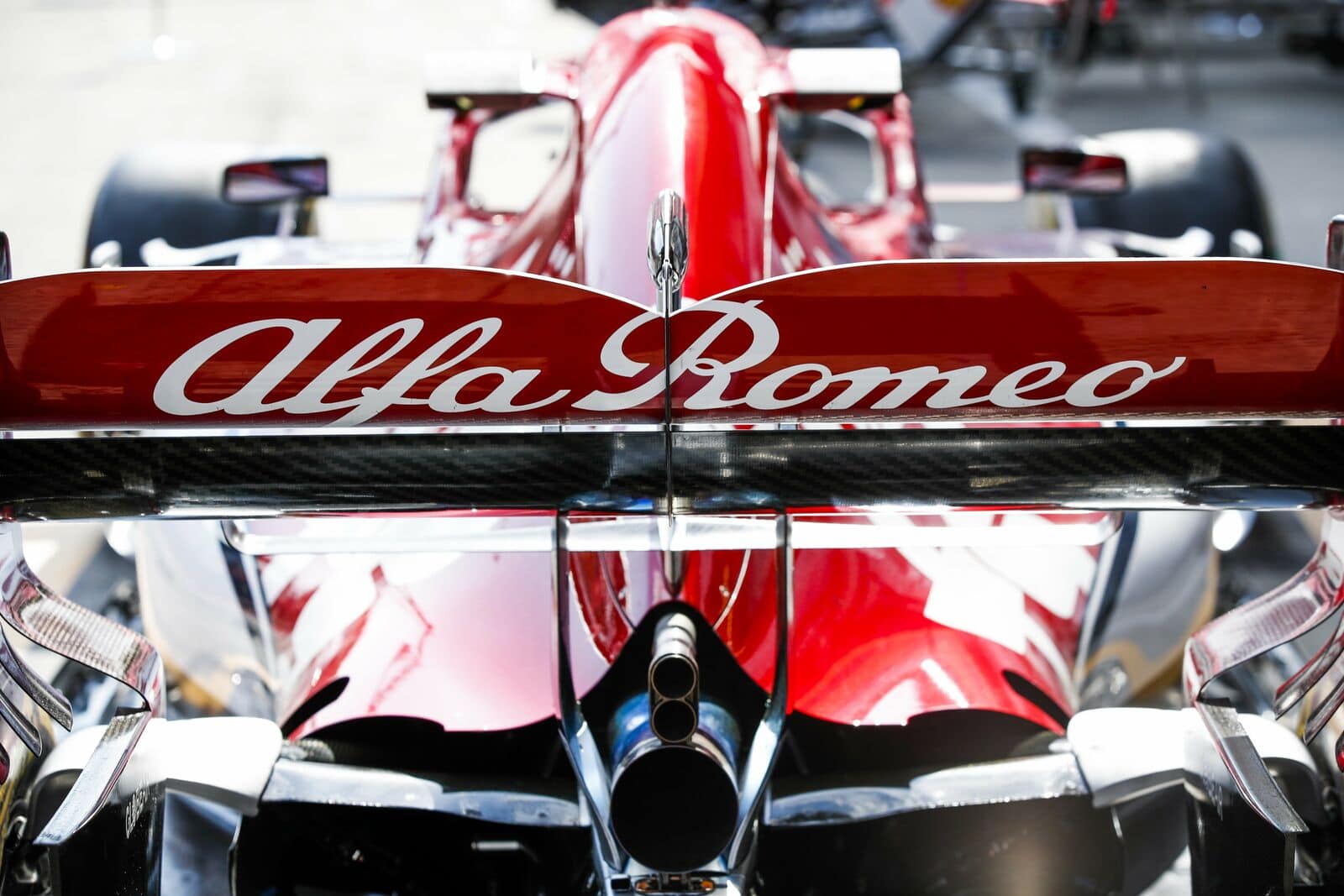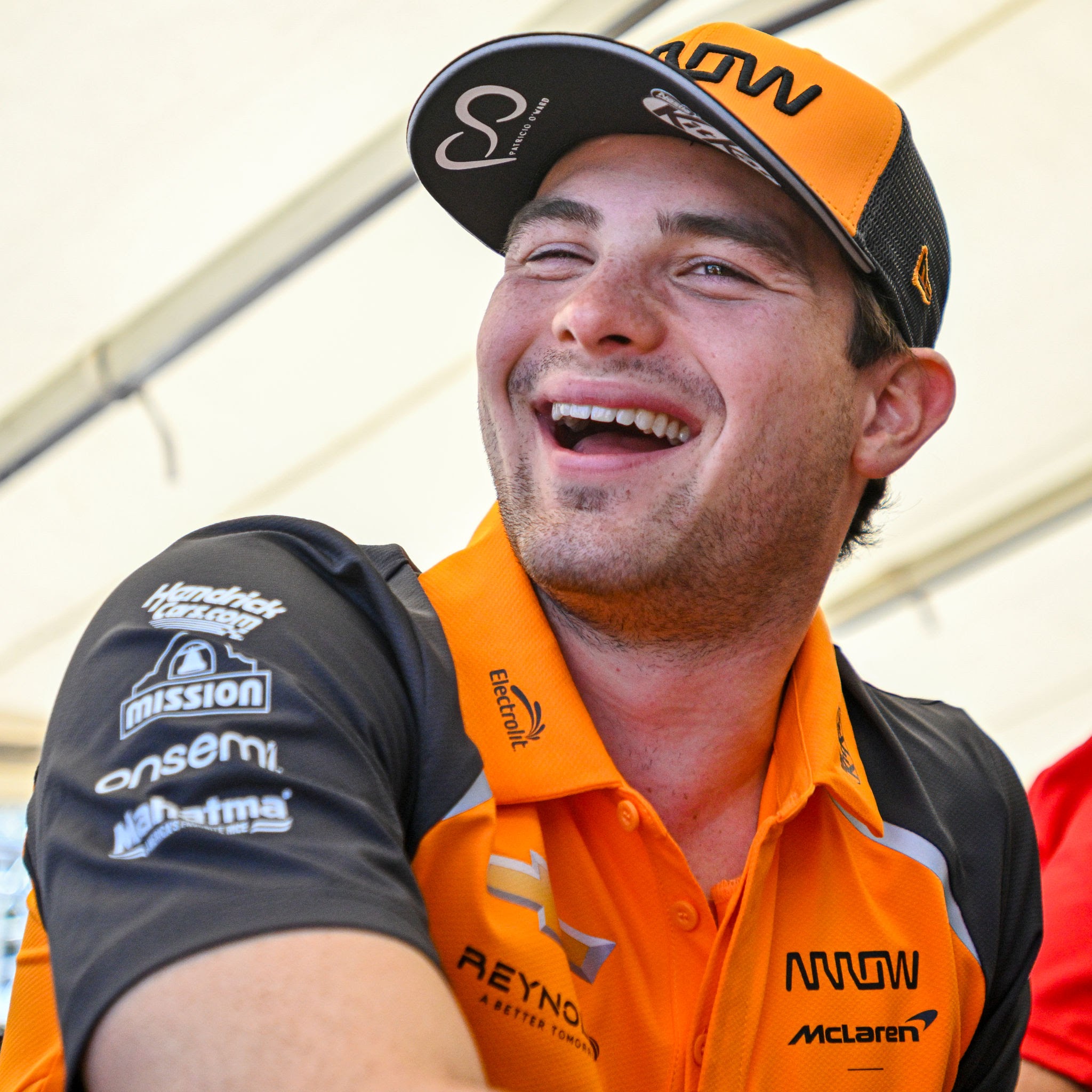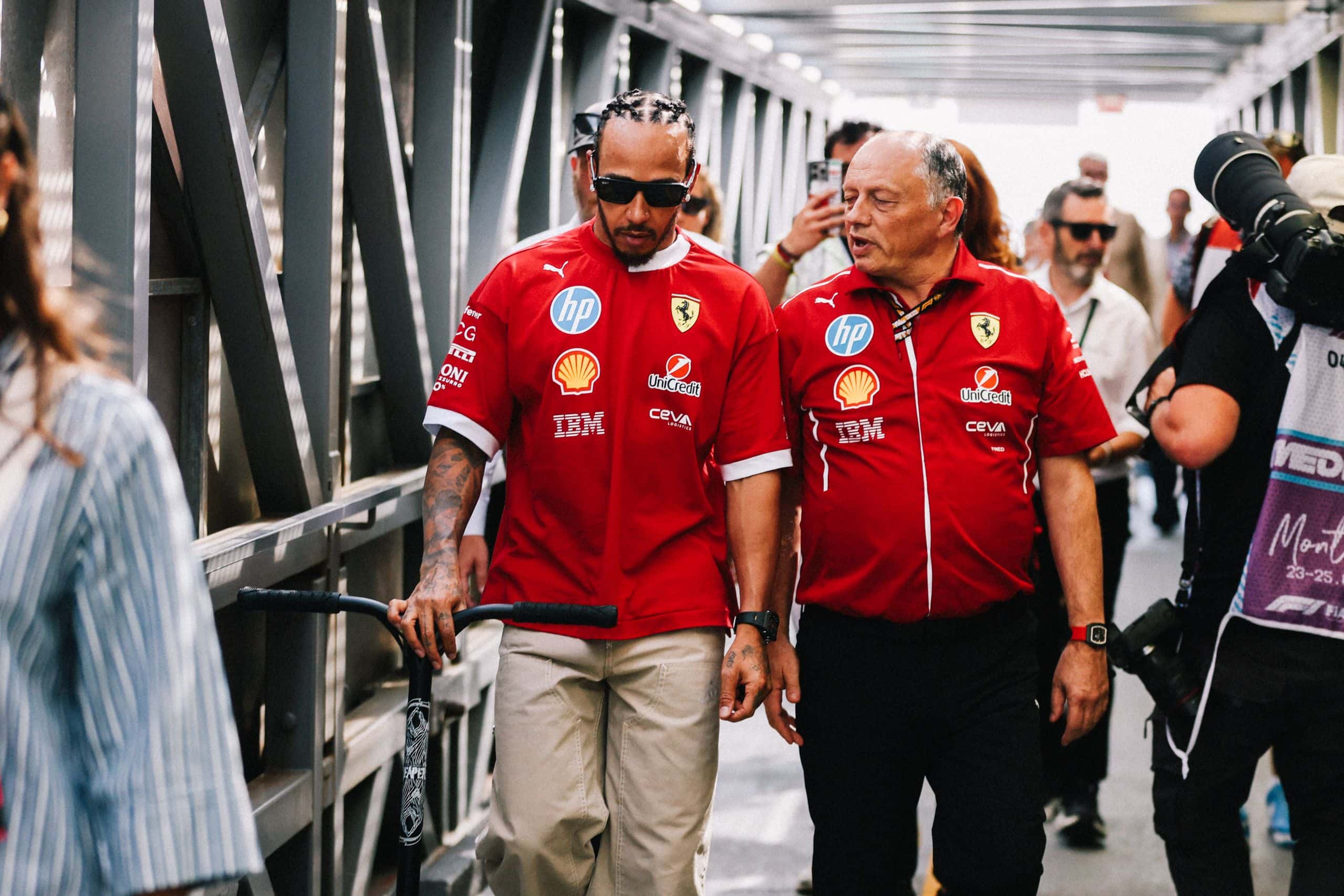How does DRS impact the aerodynamics of a Formula 1 car?


The Drag Reduction System (DRS) is a device used in Formula 1 racing to temporarily reduce the amount of drag on a car, allowing the driver to increase their top speed and make overtaking maneuvers easier. The DRS works by altering the aerodynamics of the car, specifically by changing the angle of the rear wing.
When the F1 DRS system is not in use, the rear wing of the car is at a certain angle that creates downforce, which helps to keep the car planted on the track and improve its grip. However, this angle also increases drag, which slows the car down.
When the DRS is activated, a flap on the rear wing opens, reducing the angle of the wing and decreasing the amount of downforce it creates. This decrease in downforce also reduces the drag on the car, allowing it to reach higher speeds.
The DRS can have a significant impact on a Formula 1 car’s performance. The reduction in drag can increase a car’s top speed by as much as 10-15 km/h, depending on the track and the car’s set up. This can be crucial in allowing a driver to close the gap to the car in front of them, or even pass them.
However, the decrease in downforce also affects the car’s handling, making it more difficult for the driver to control. This is why the DRS can only be used in specific areas of the track, where the driver is more likely to be able to handle the car’s reduced grip.
The use of DRS also affects the aerodynamic balance of the car. When the DRS is activated, the rear wing is producing less downforce, so the front wing has to produce more to maintain a balance and keep the car stable.
The teams must also pay attention to the rear wing angle and the DRS flap angle, as the wrong setting can lead to an unstable car and a decrease in performance. Additionally, teams may also change the angle of the front wing and other aerodynamic parts to adapt to the change in the rear wing angle, to maintain the balance and stability of the car.
In addition to the DRS, teams also use other aerodynamic devices such as the front wing, barge boards, and diffusers to improve their car’s performance. These devices work together to create downforce and reduce drag.
The front wing creates downforce on the front of the car, while the barge boards and diffusers, which are located along the side and rear of the car, help to guide the airflow around the car and create additional downforce.
Overall, the Drag Reduction System (DRS) plays a crucial role in the aerodynamics of a Formula 1 car. It allows teams to temporarily reduce the drag on their cars, allowing them to reach higher speeds and make overtaking maneuvers easier. However, it also affects the car’s handling and aerodynamic balance, making its use a delicate balancing act between speed and control.
In conclusion, the DRS is a complex device that has a significant impact on the aerodynamics of a Formula 1 car. The teams must understand how to balance the car and use the DRS strategically in order to maximize its potential and improve their performance on the track.





